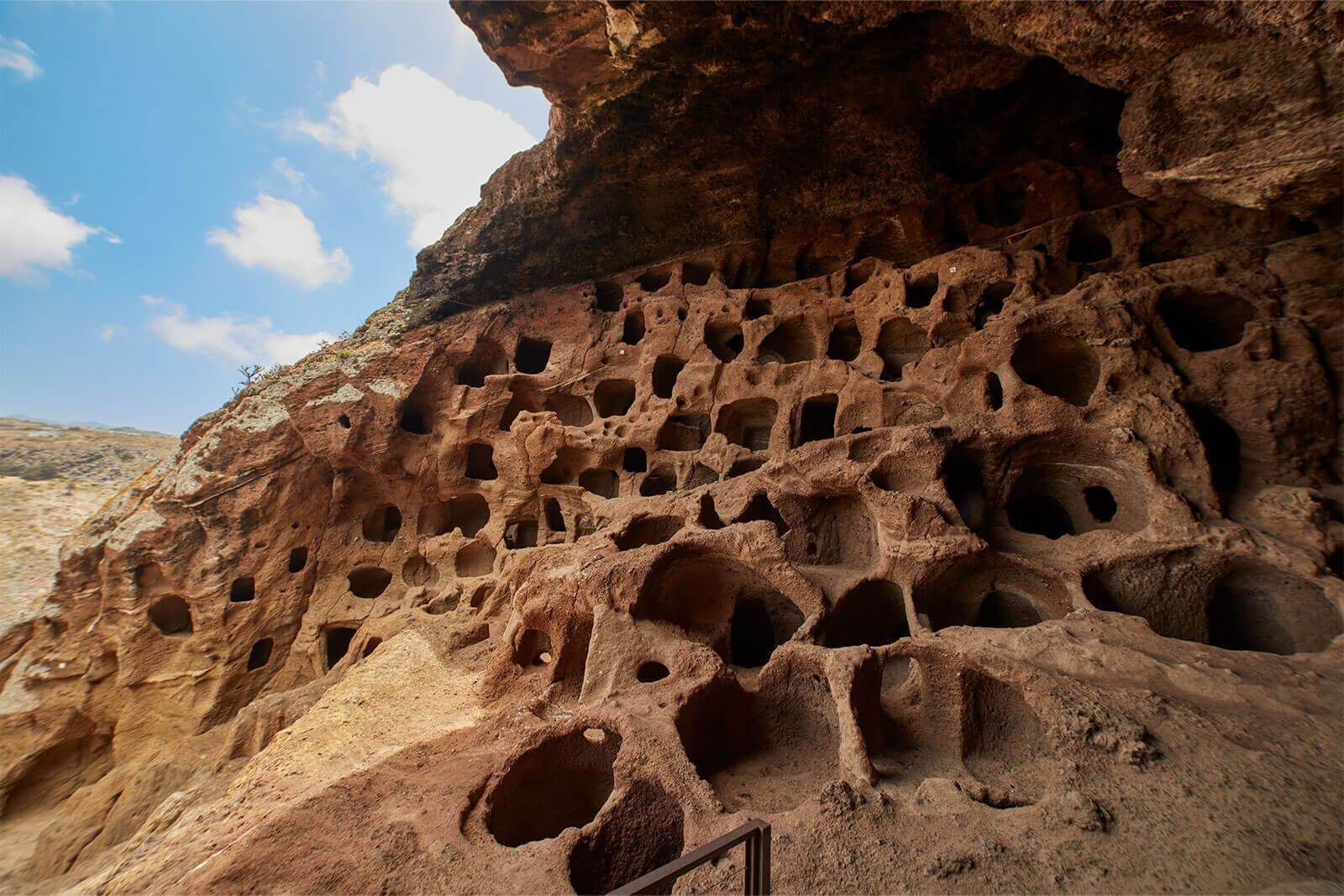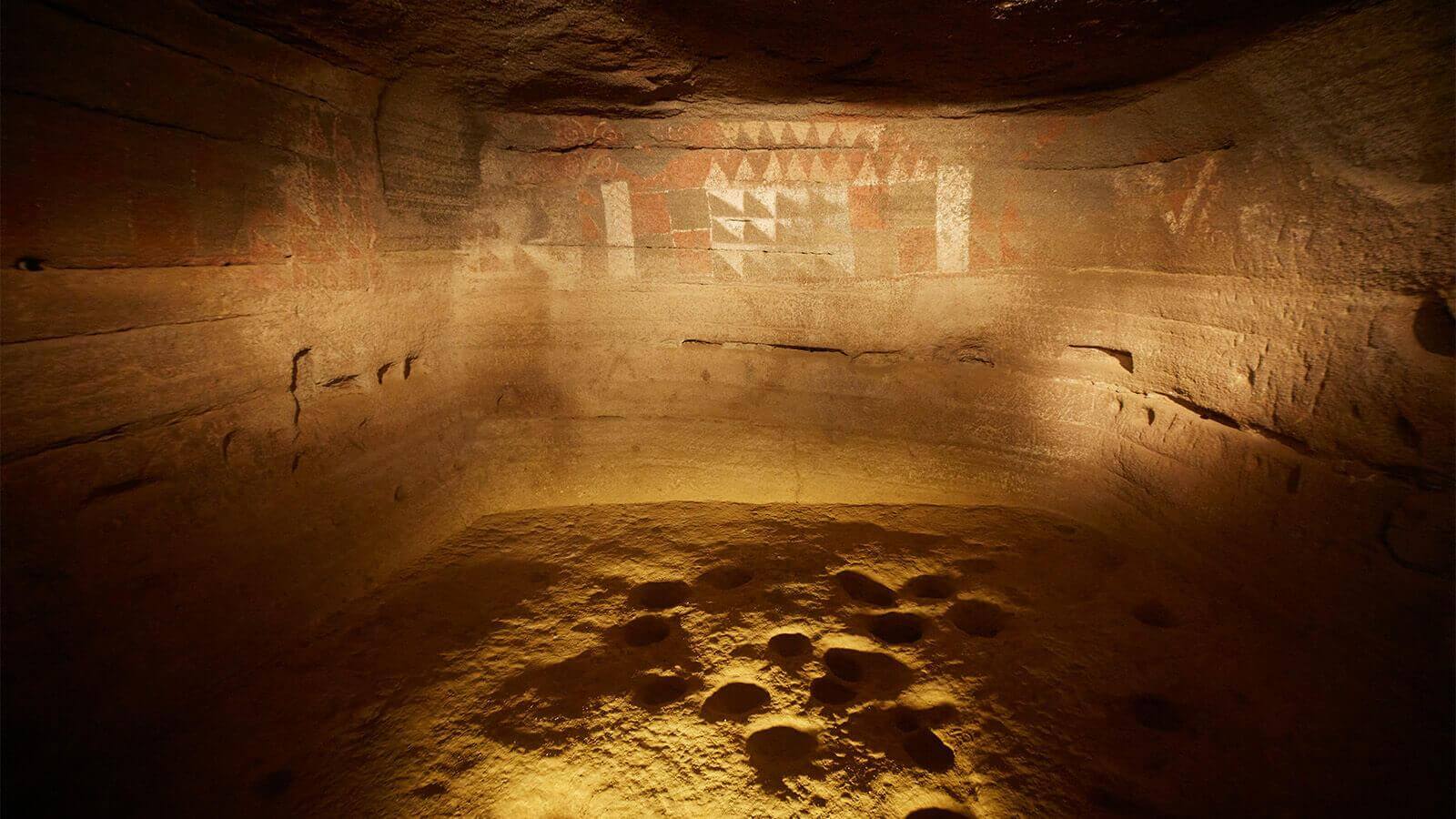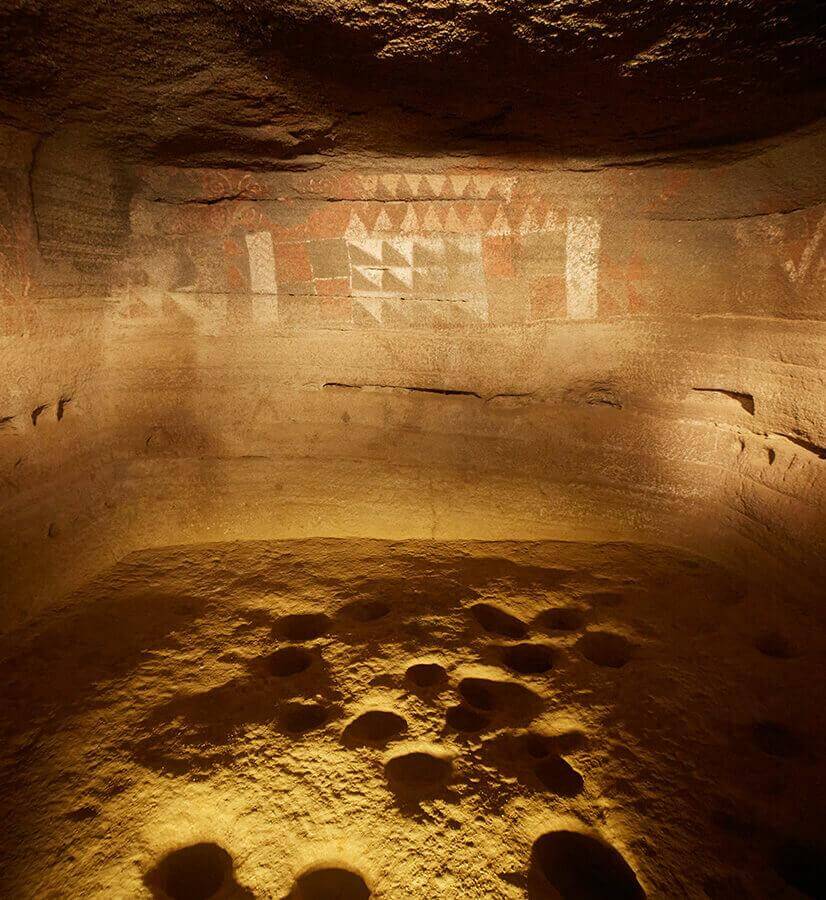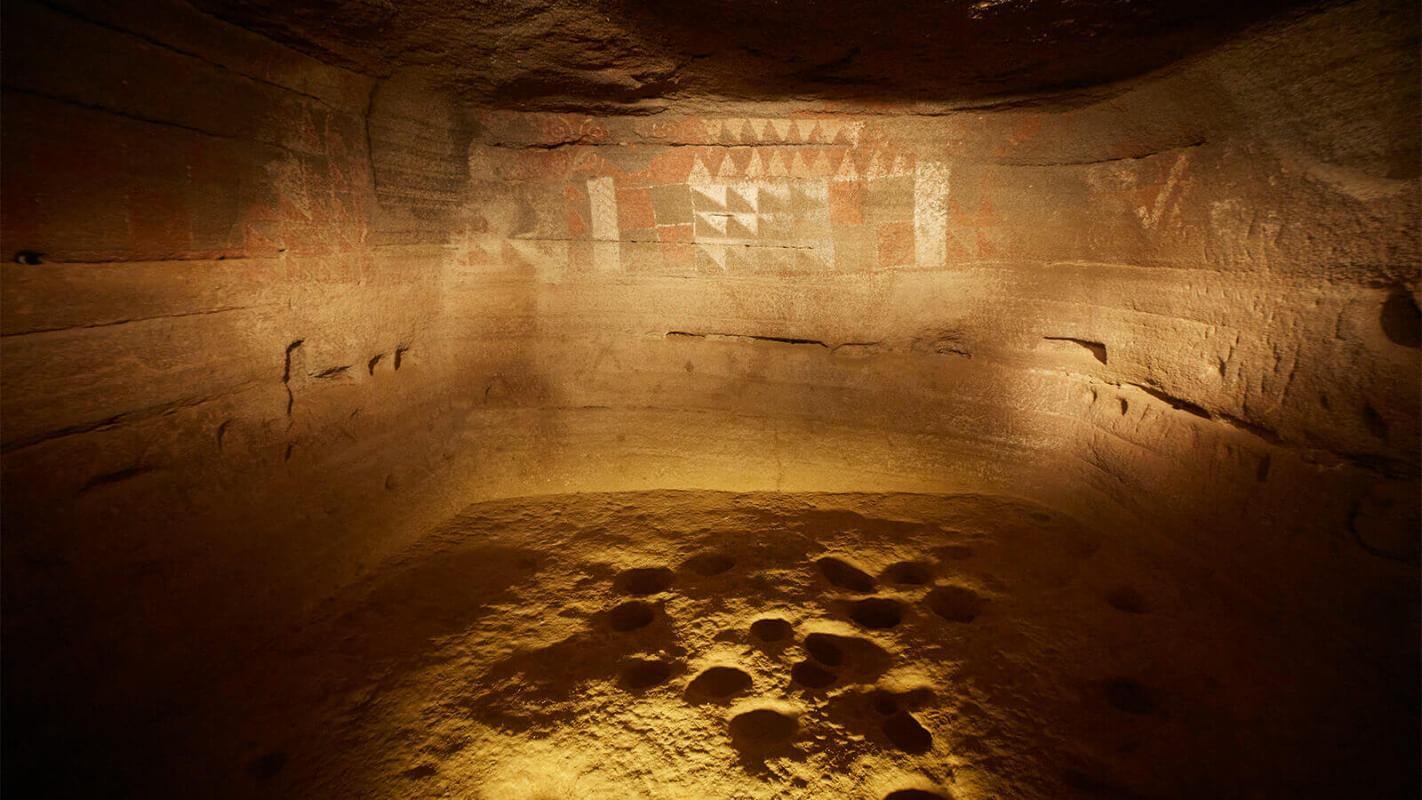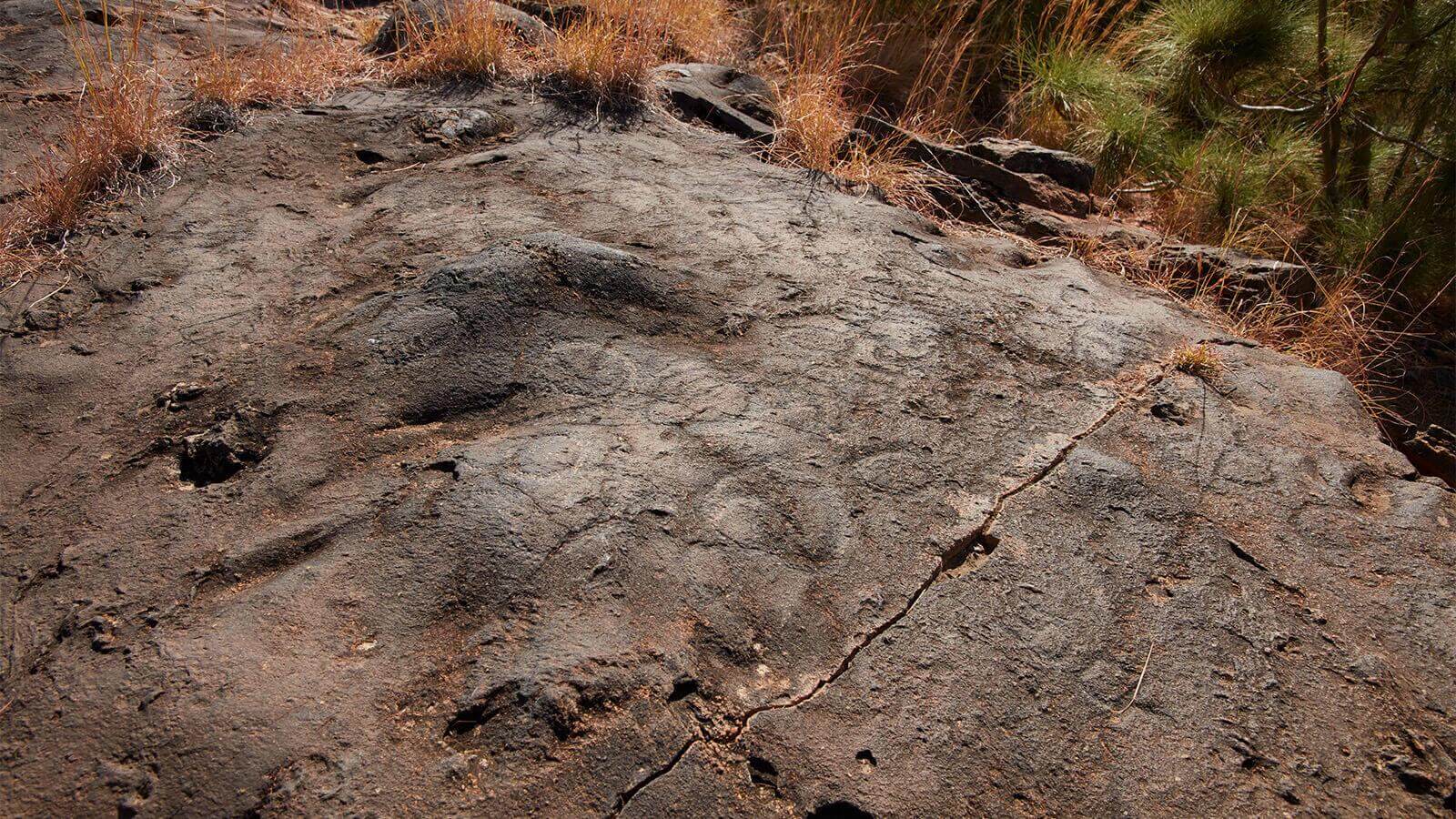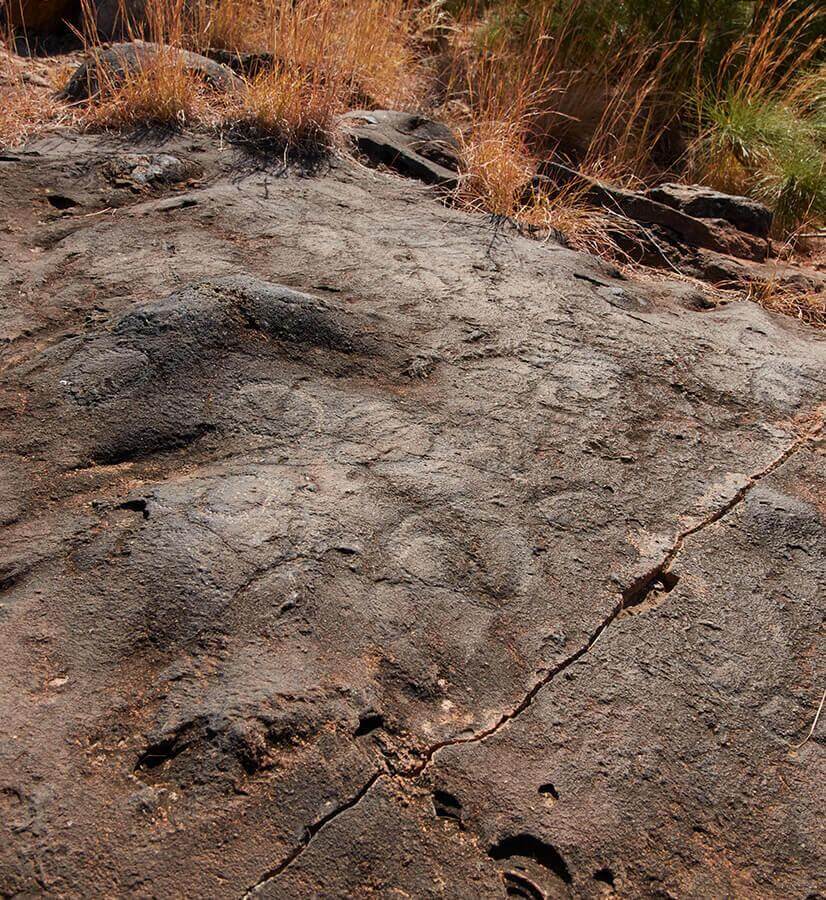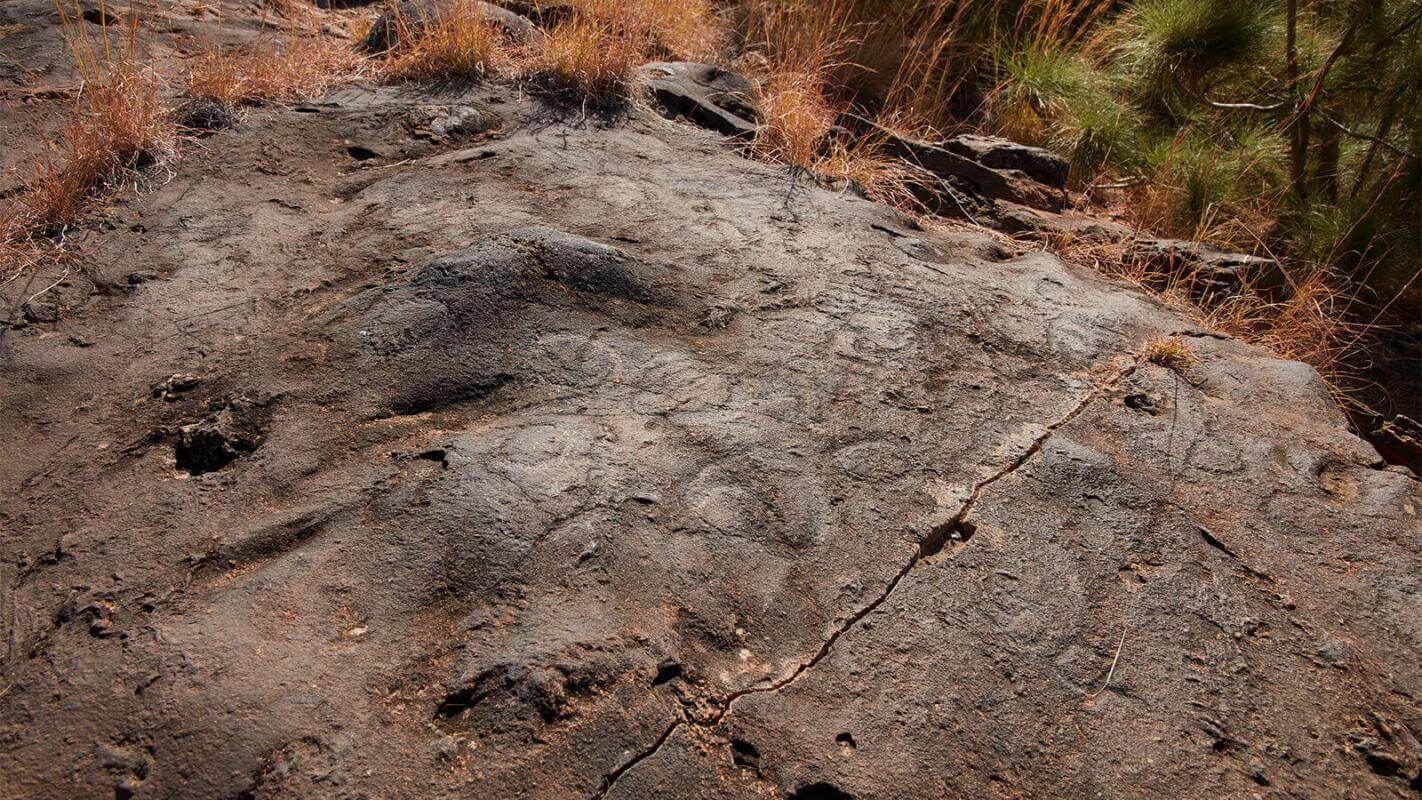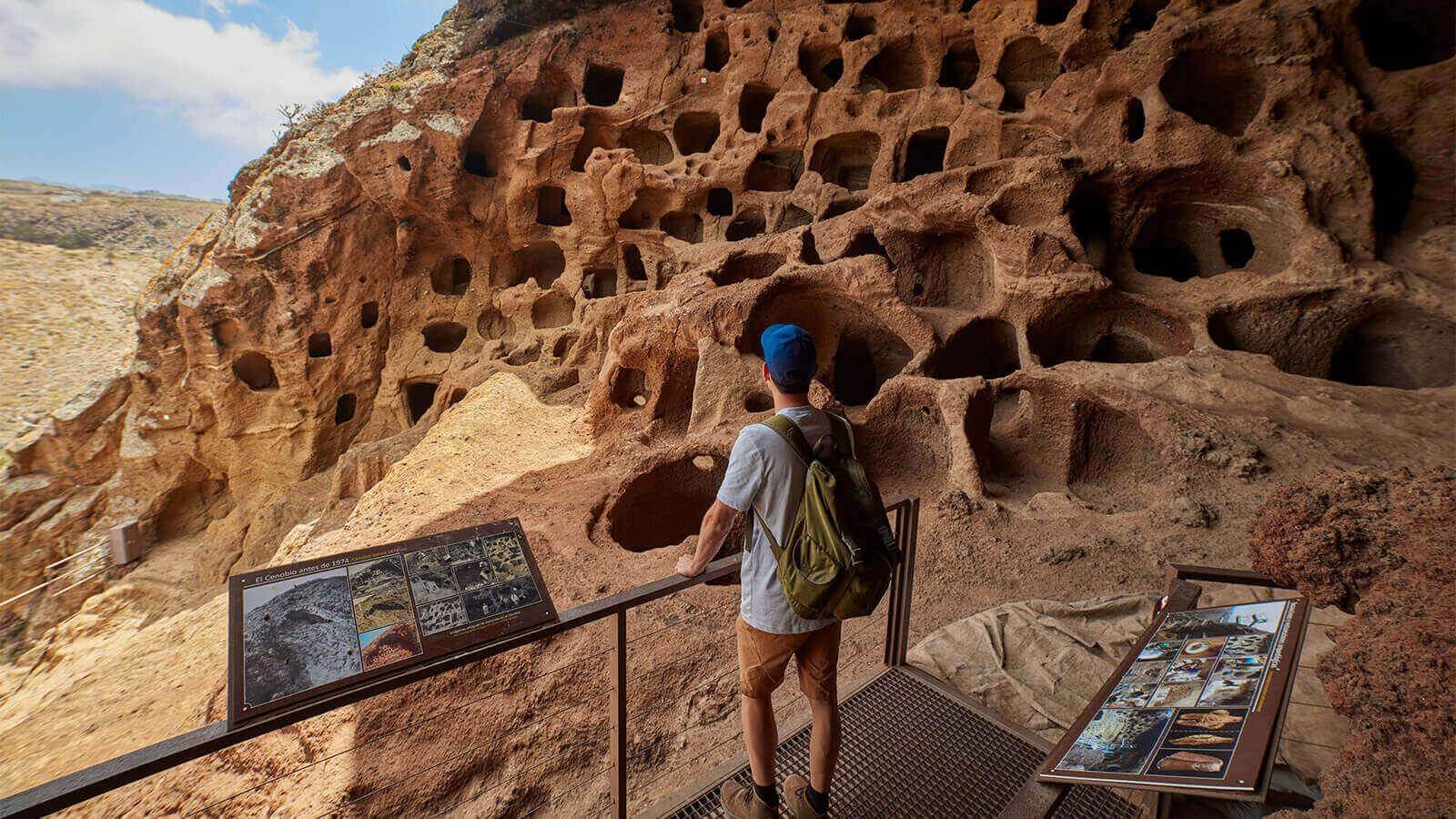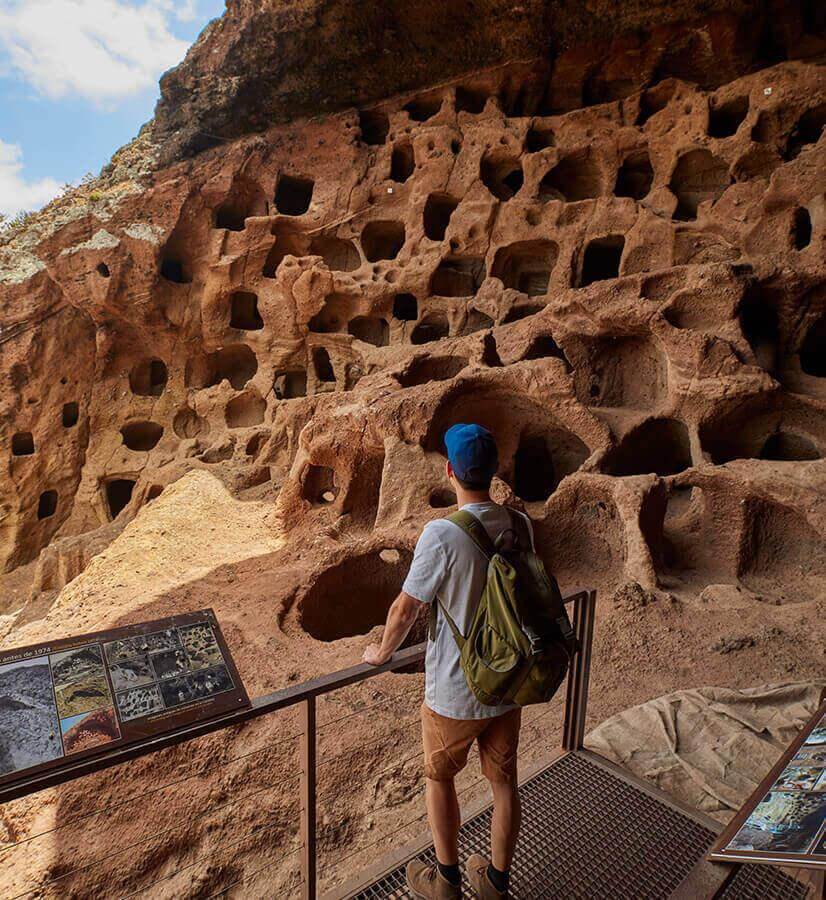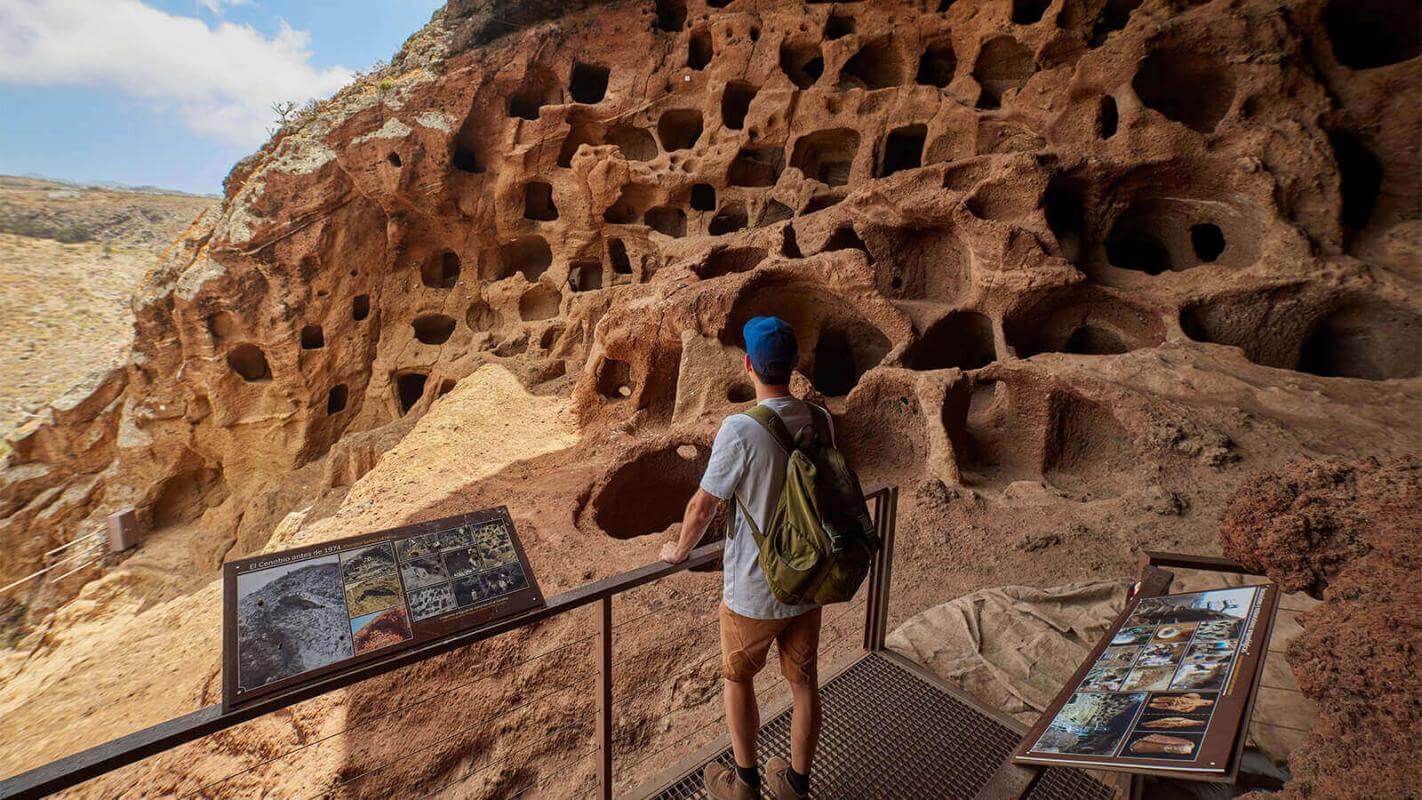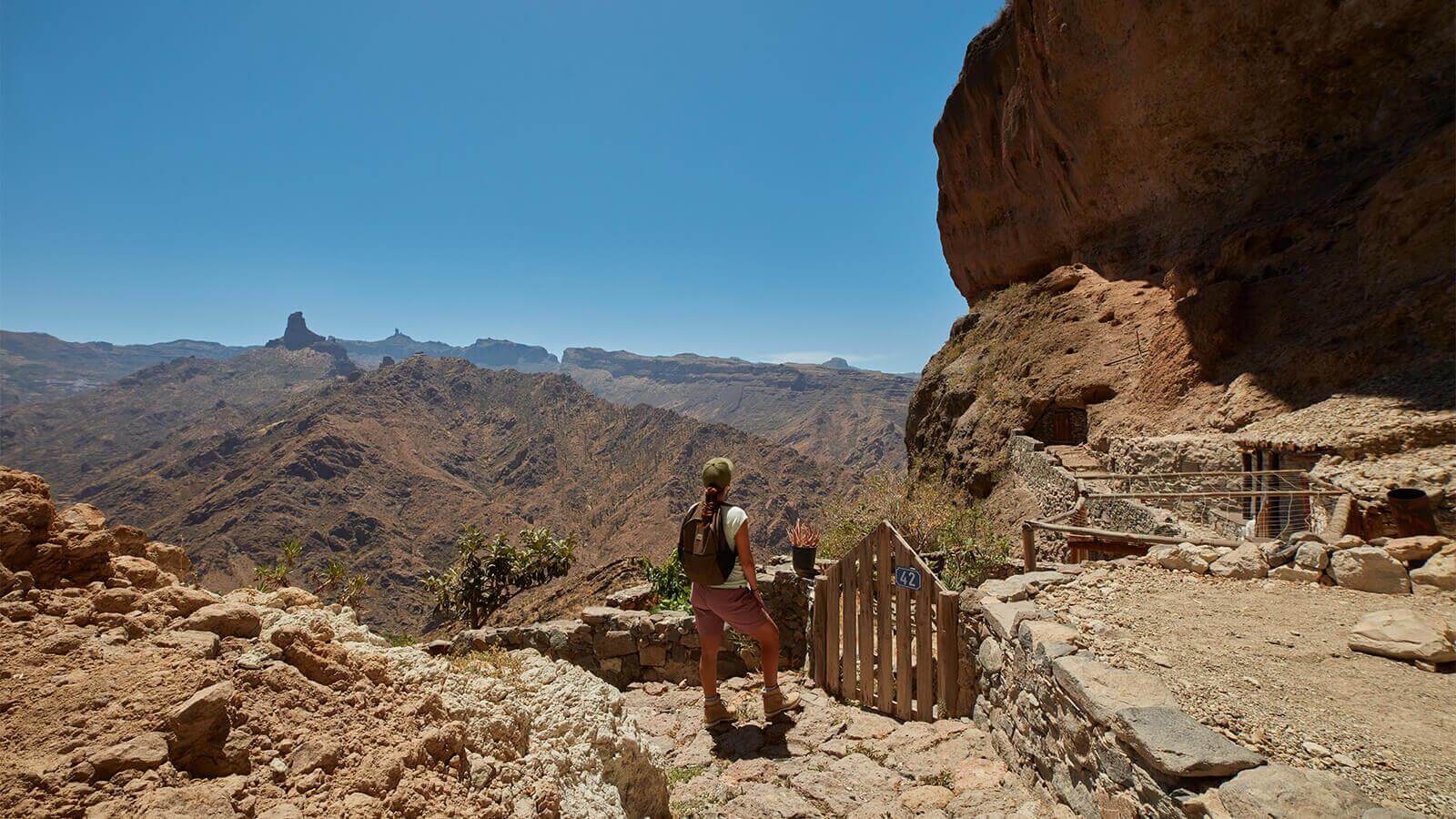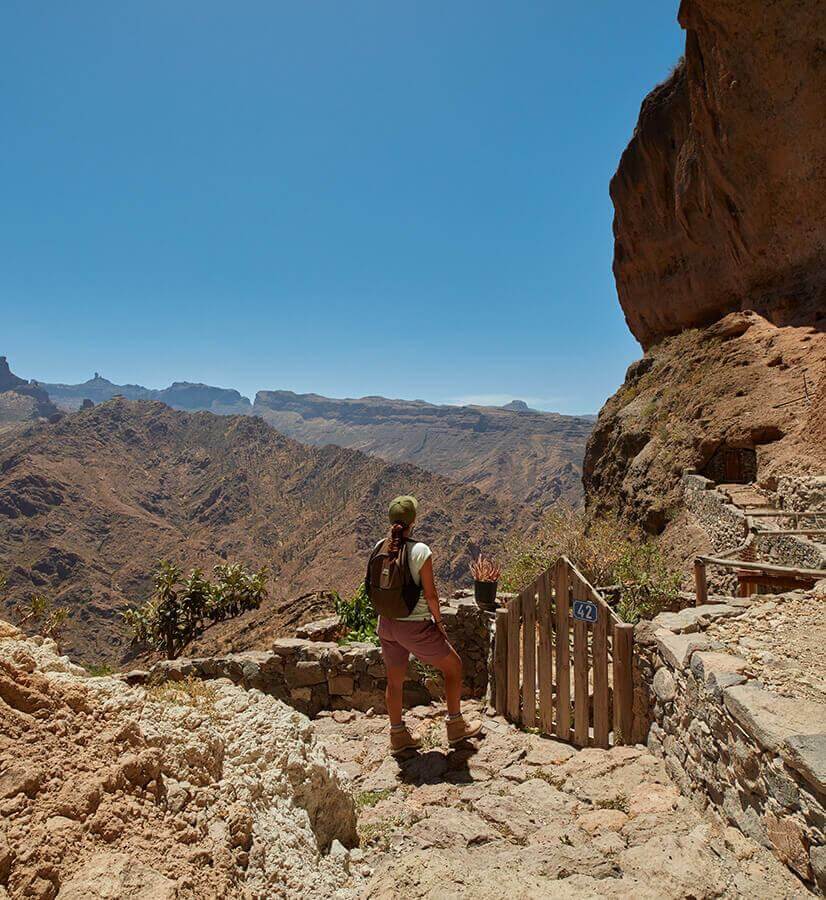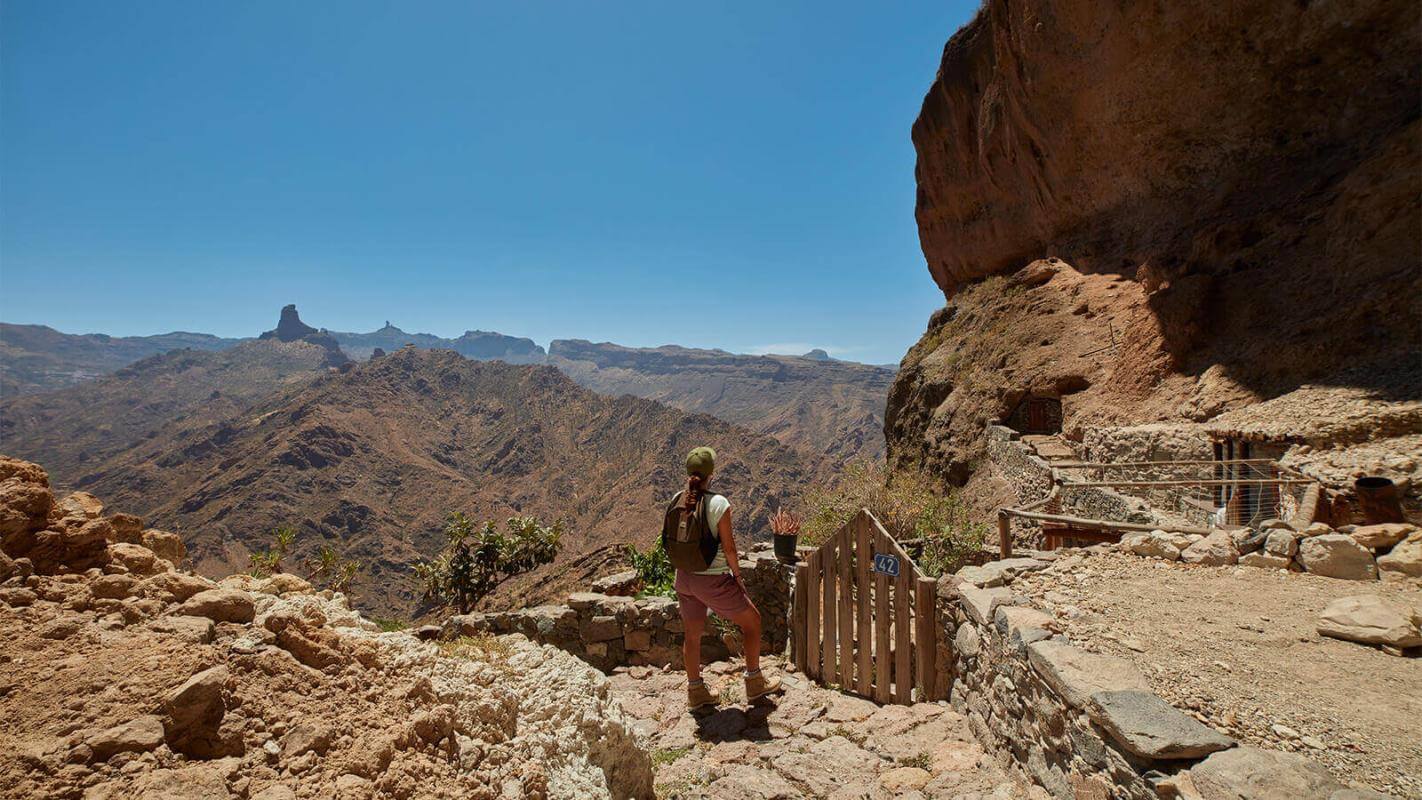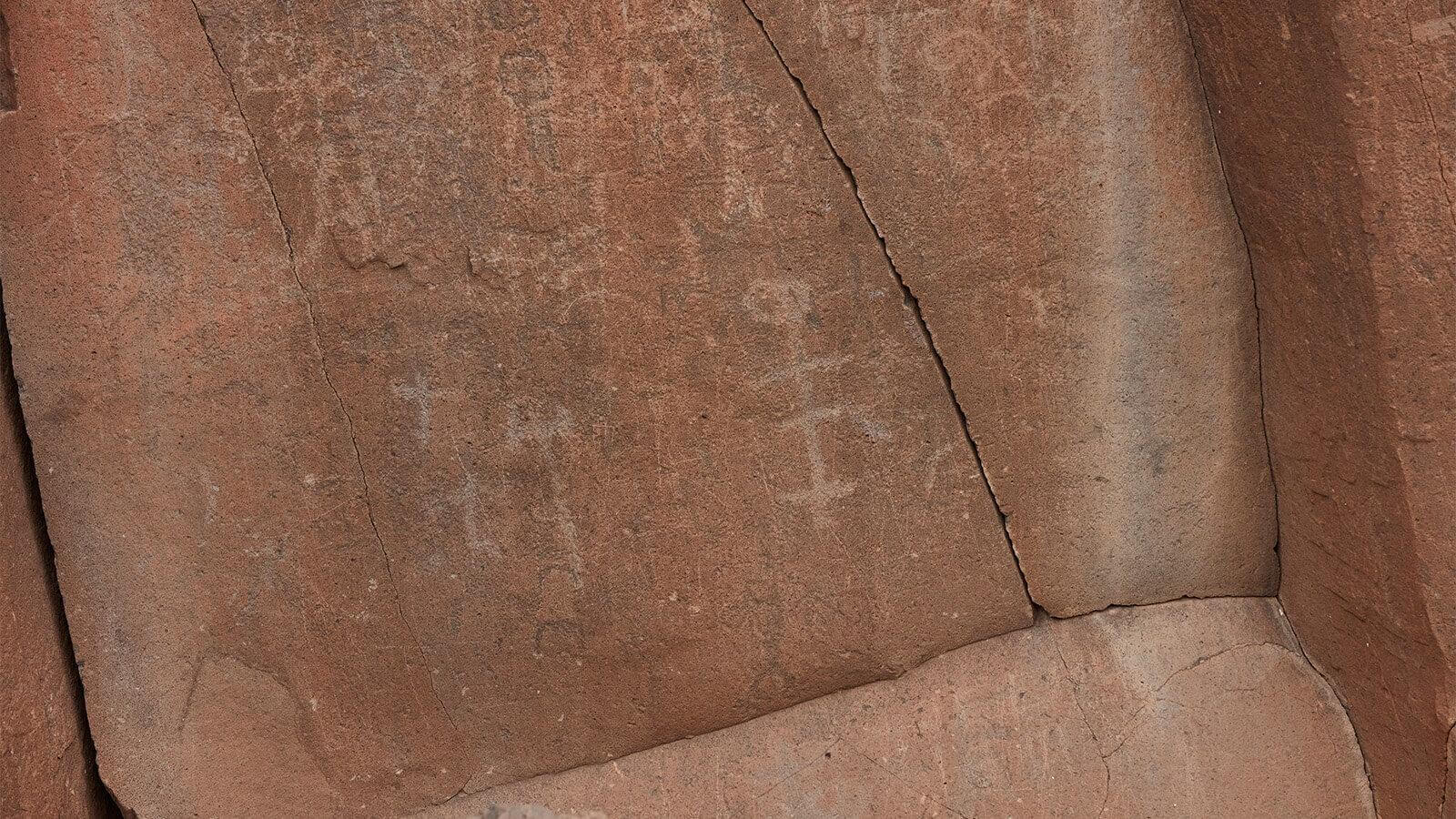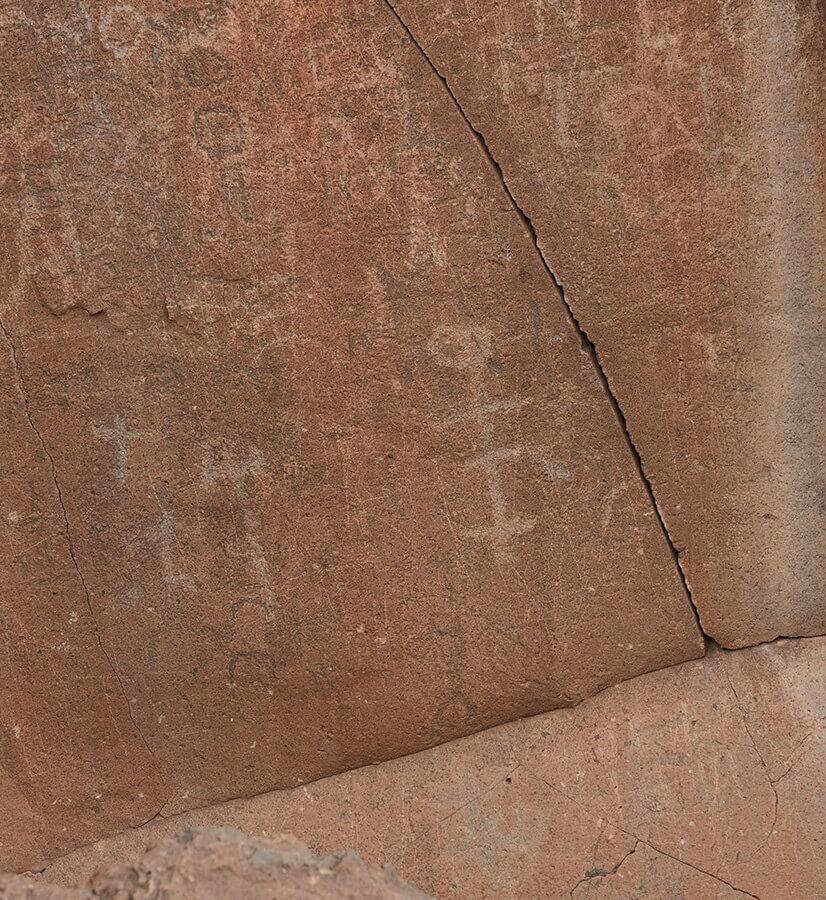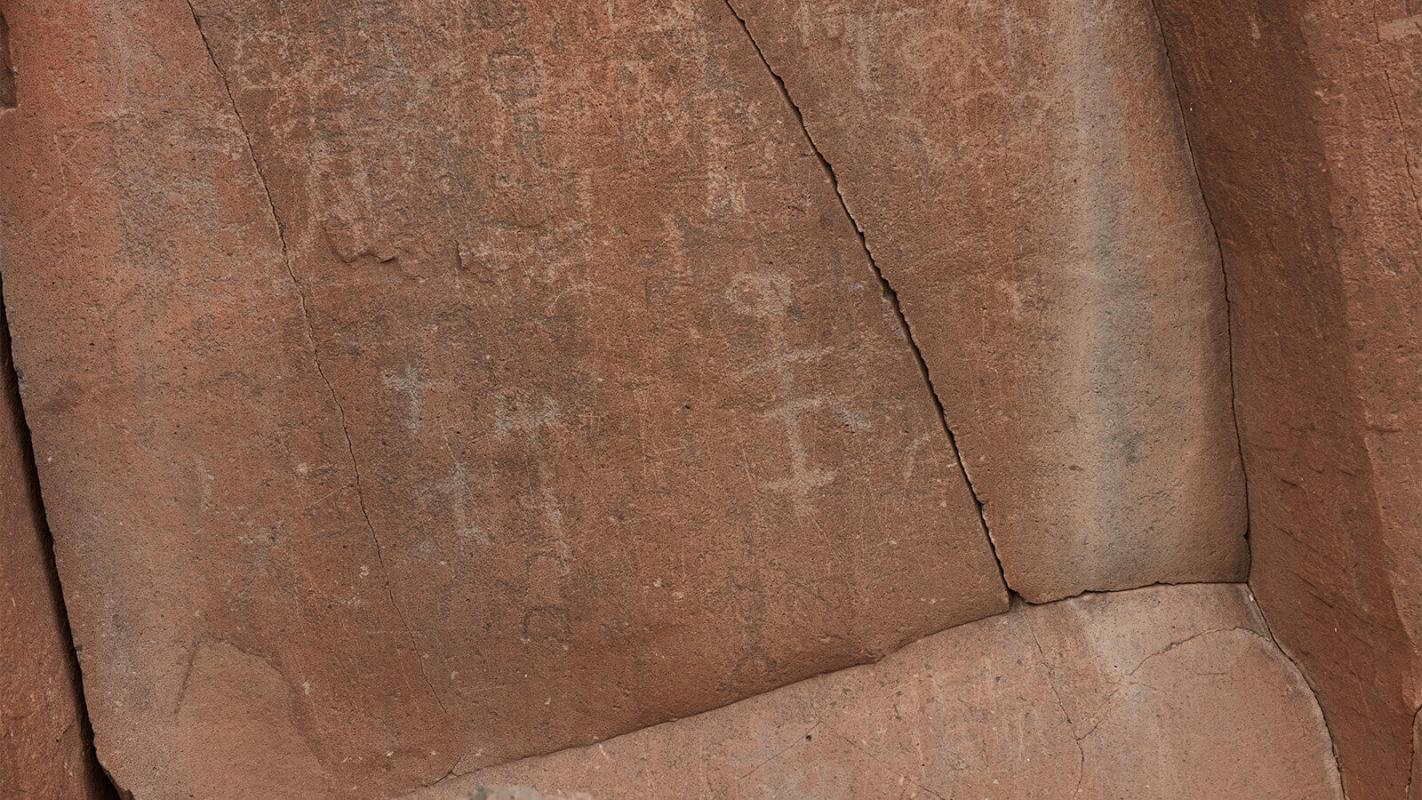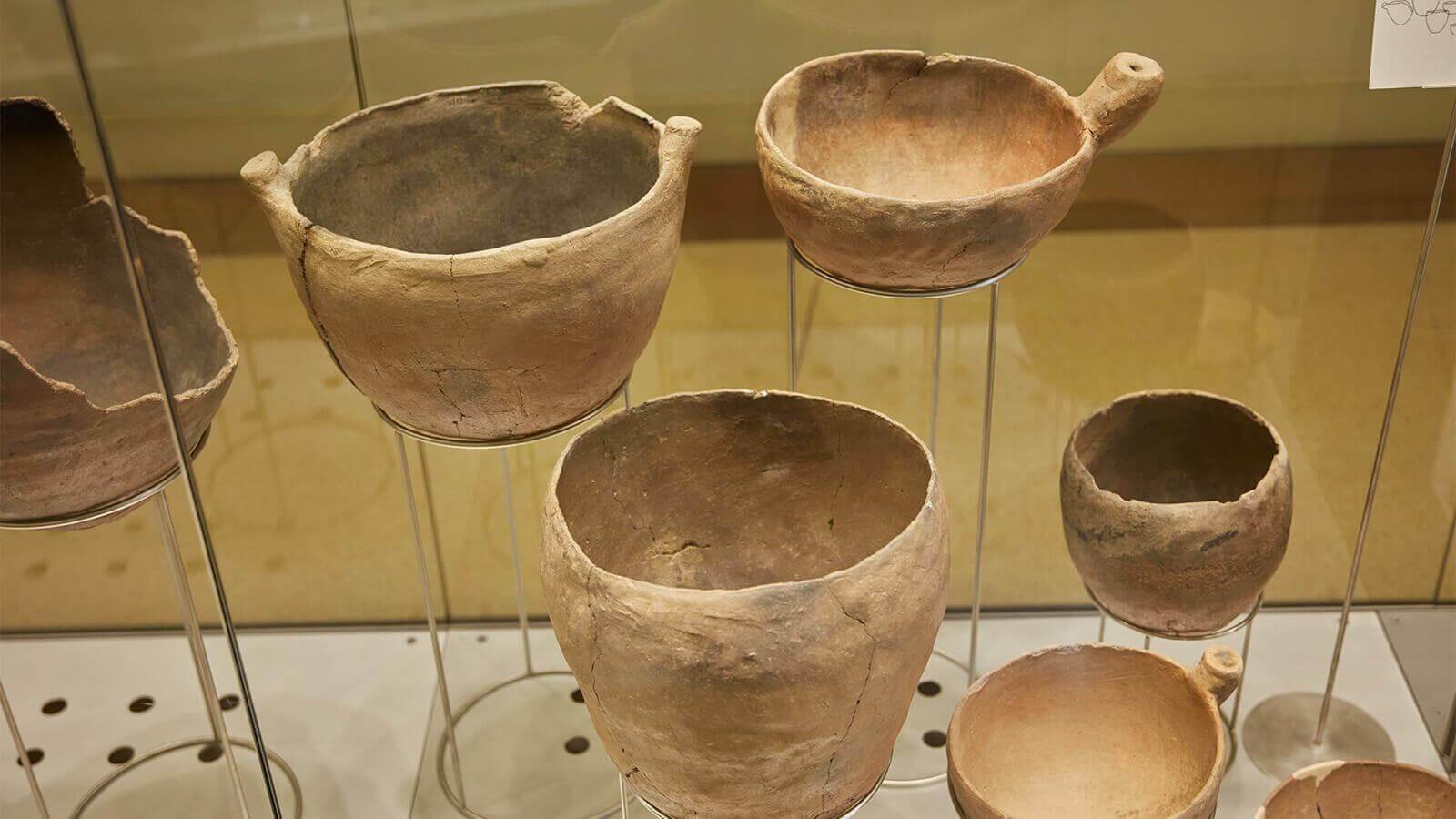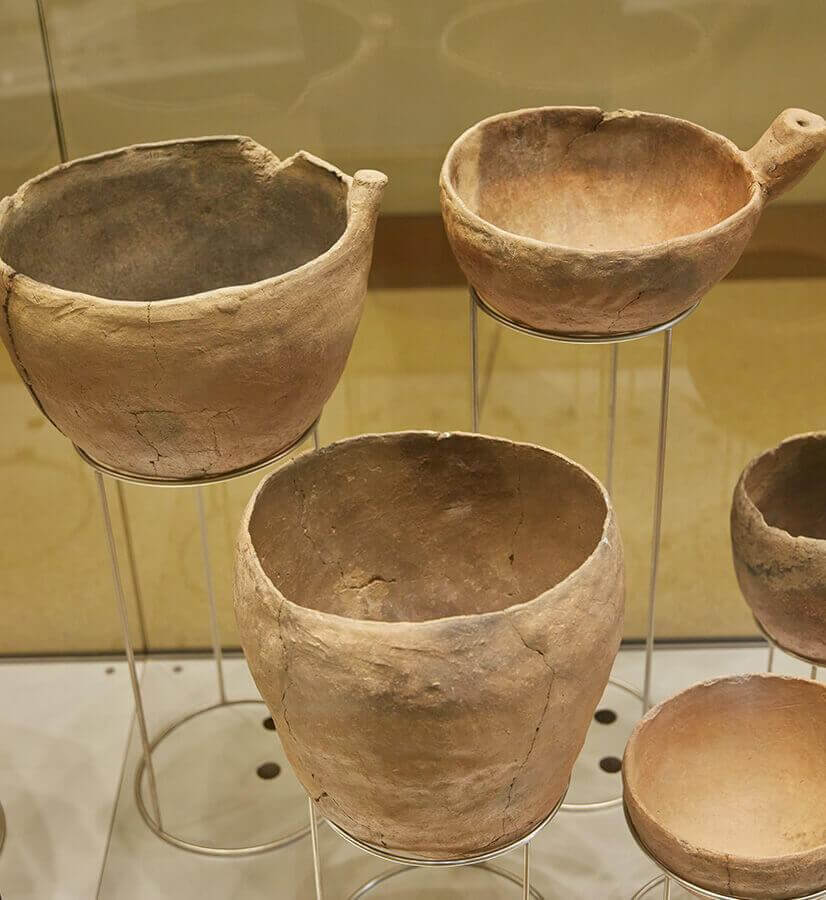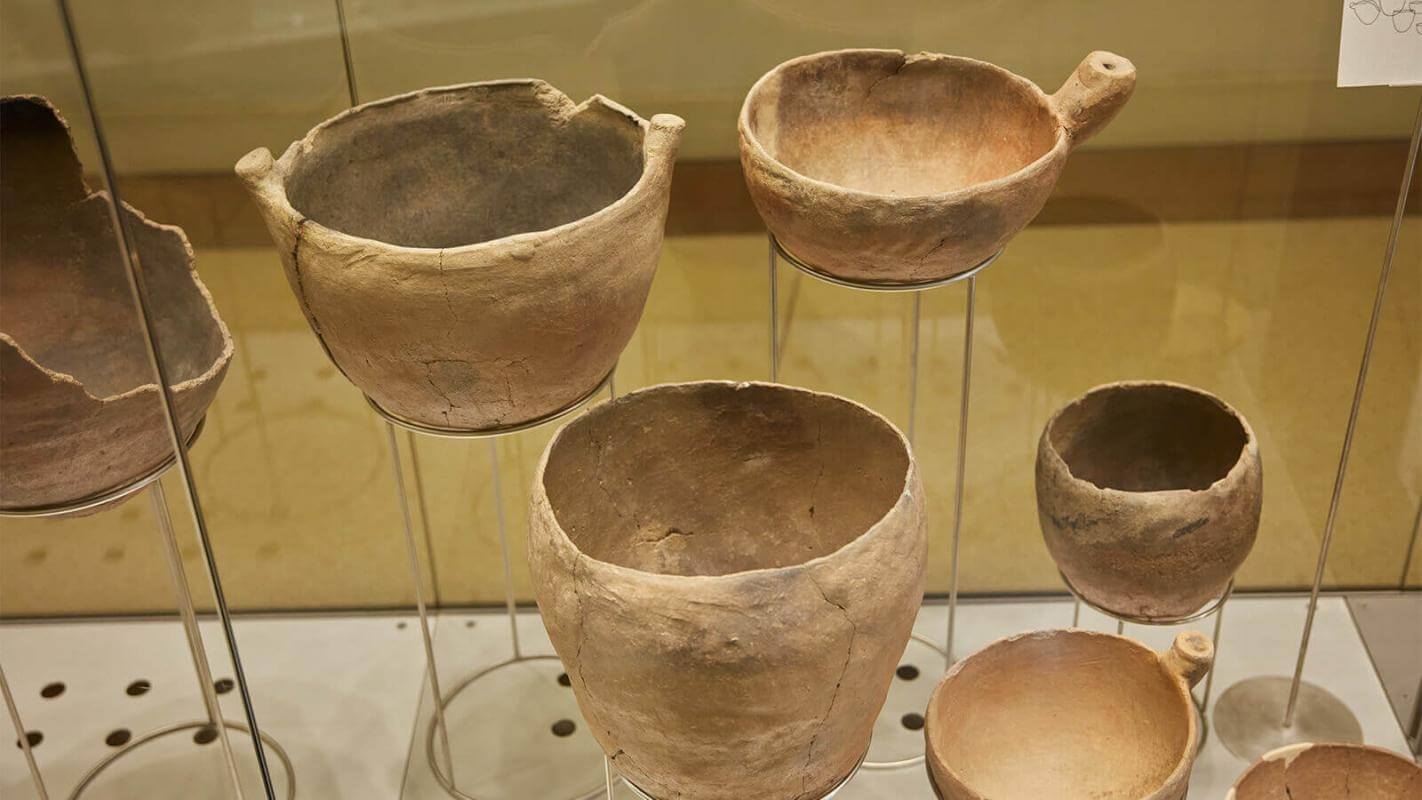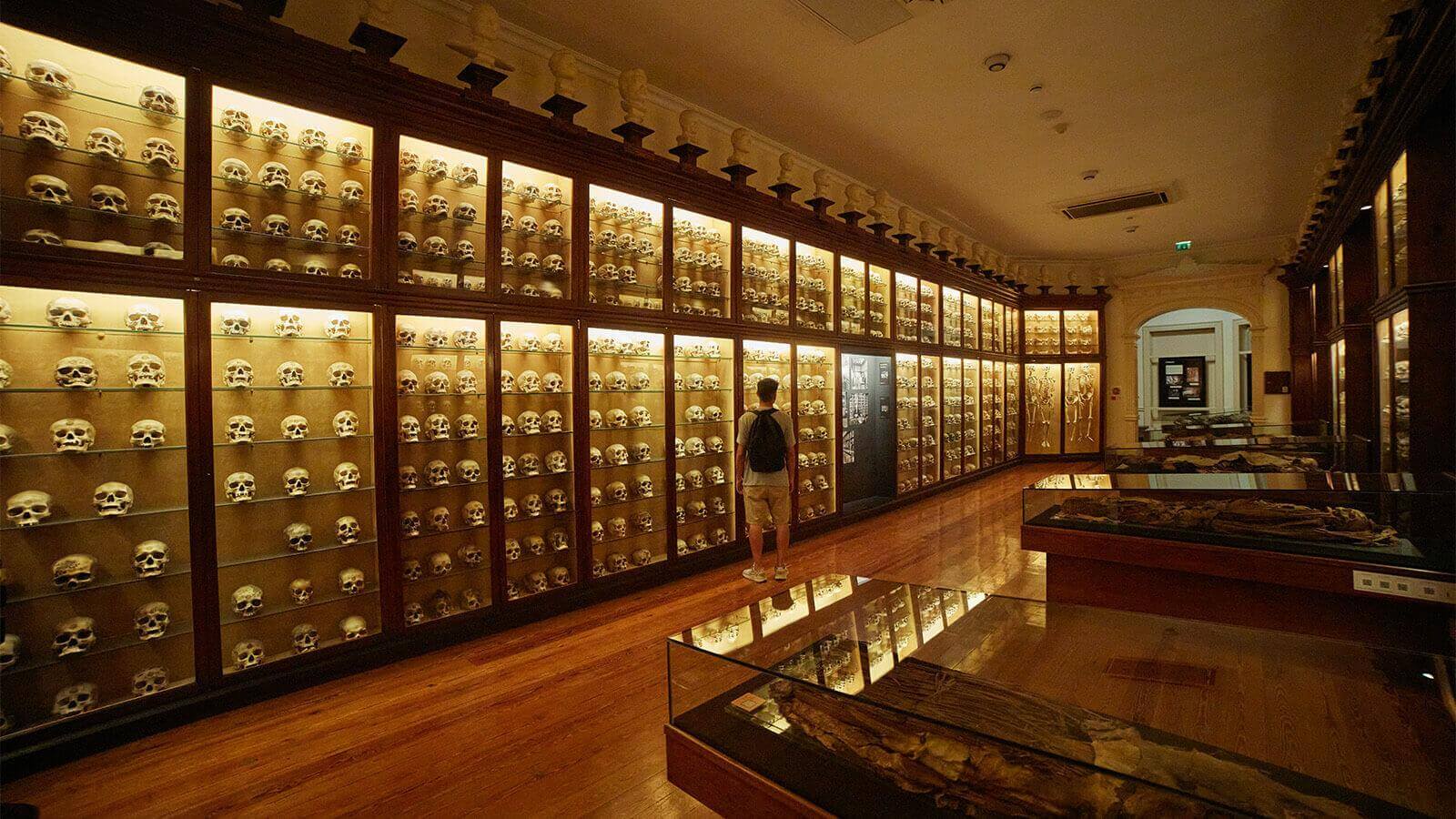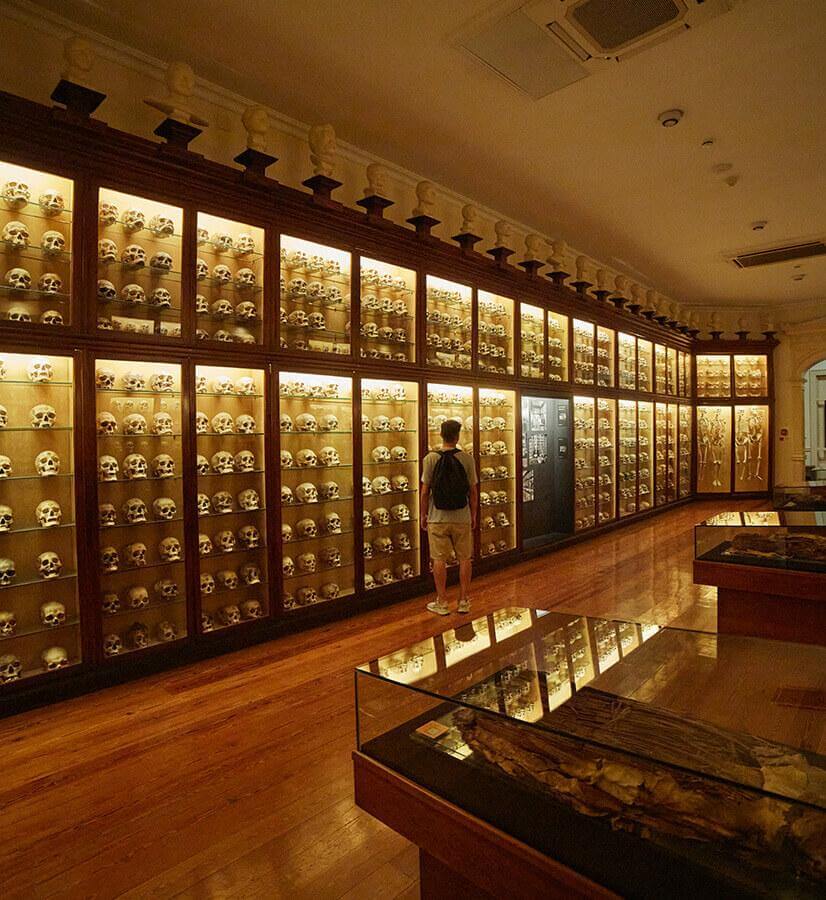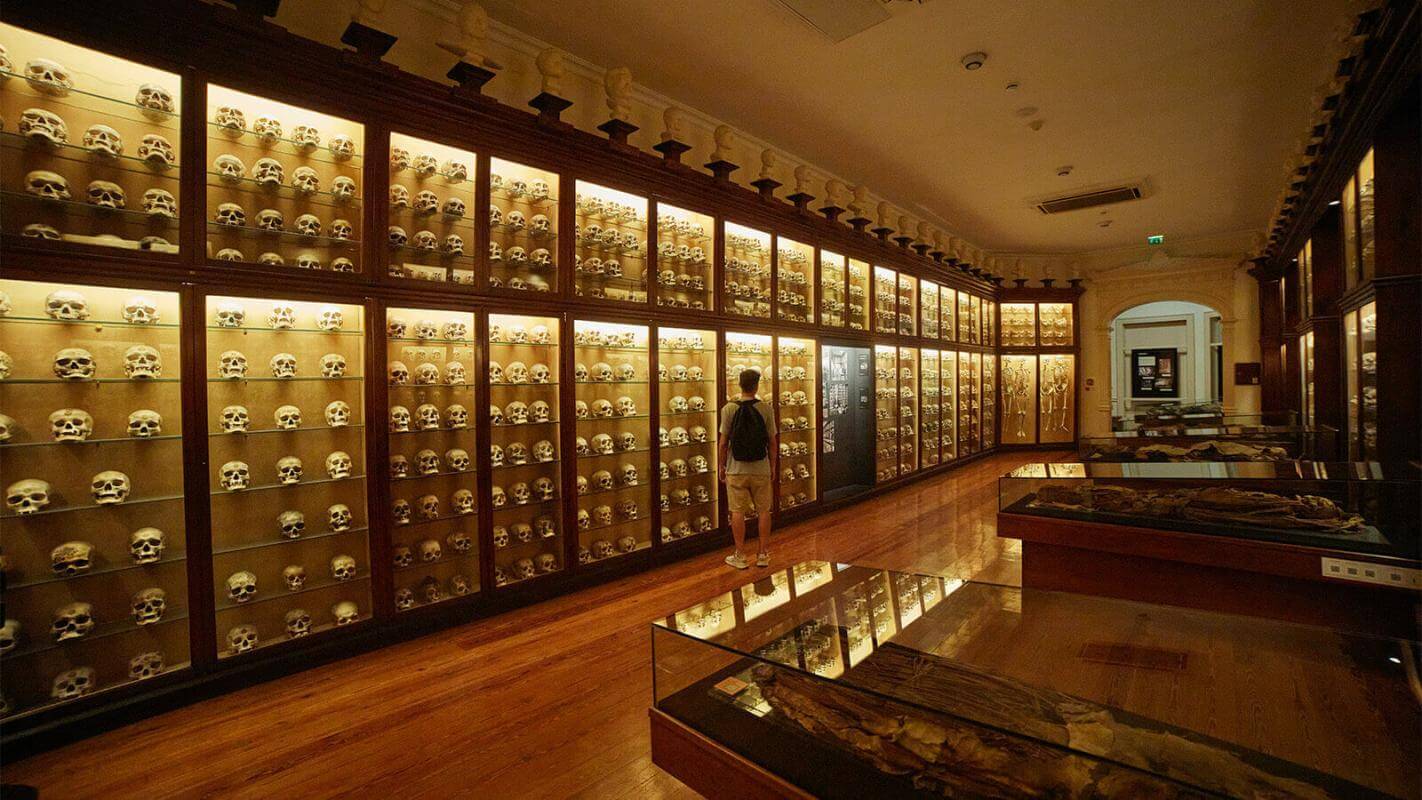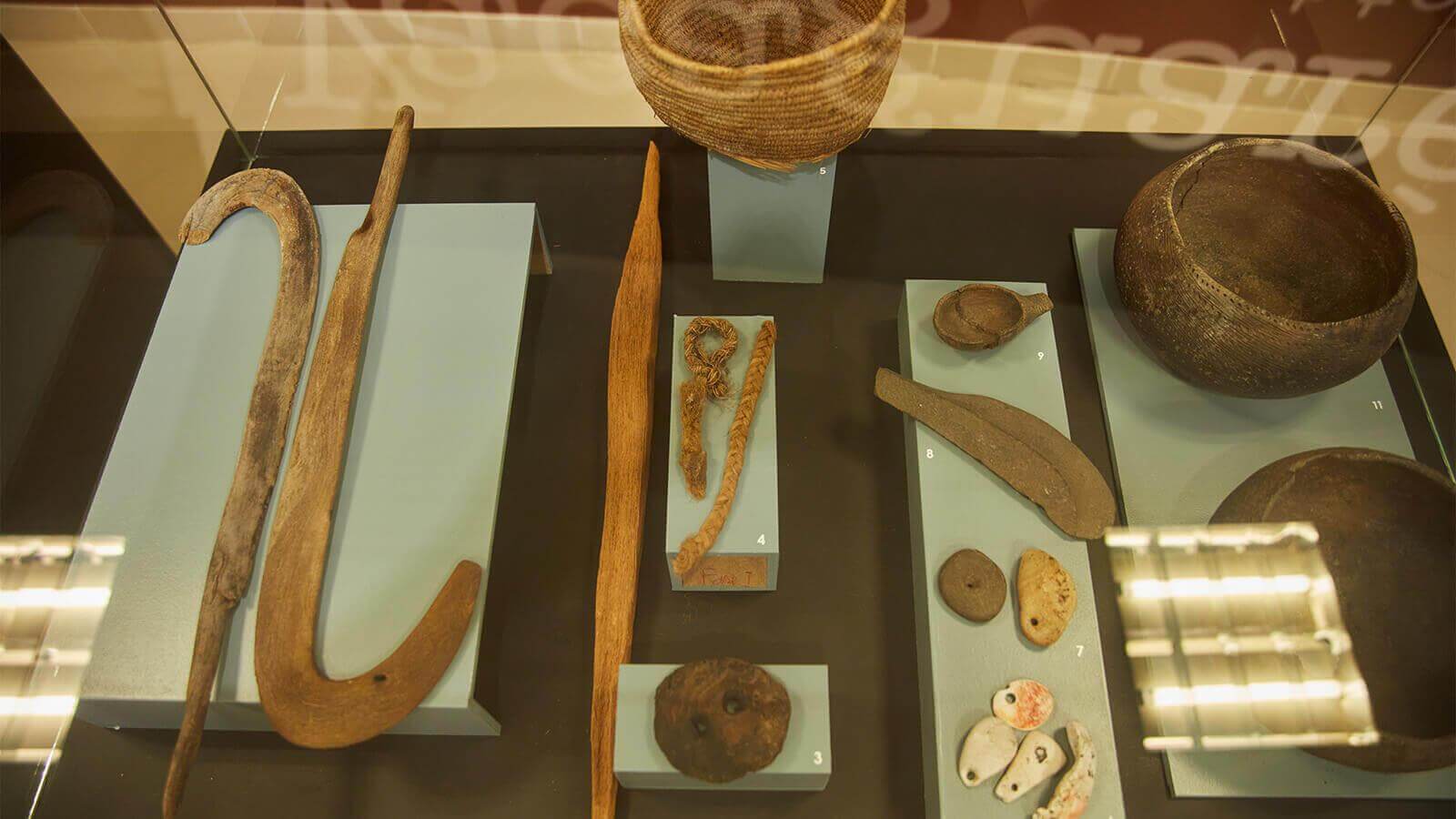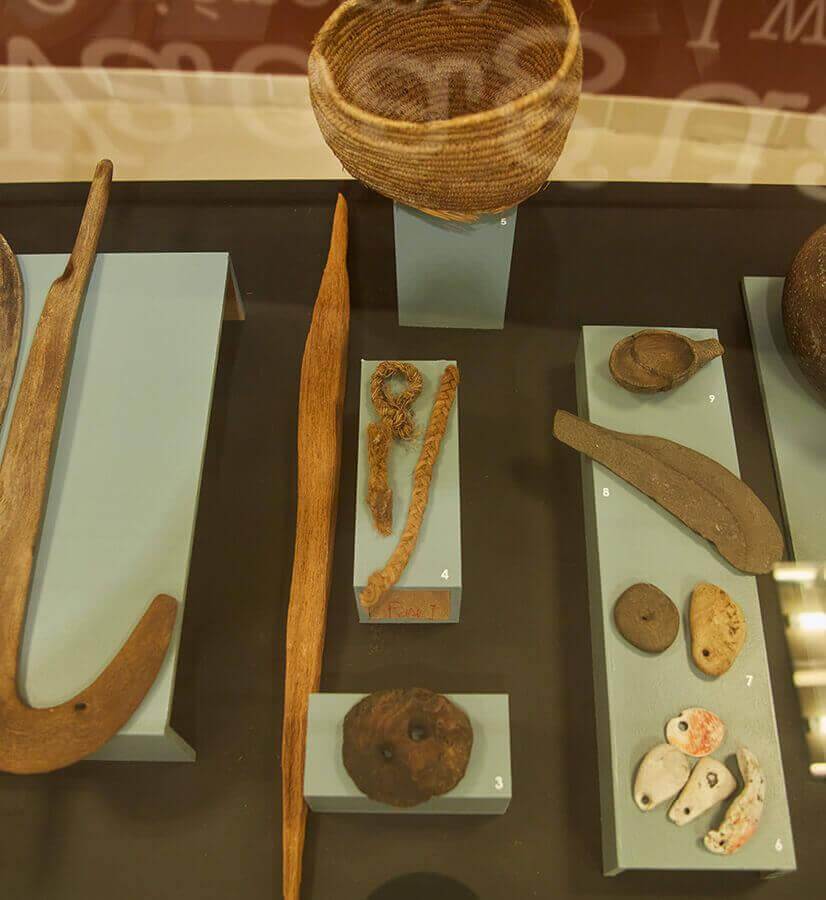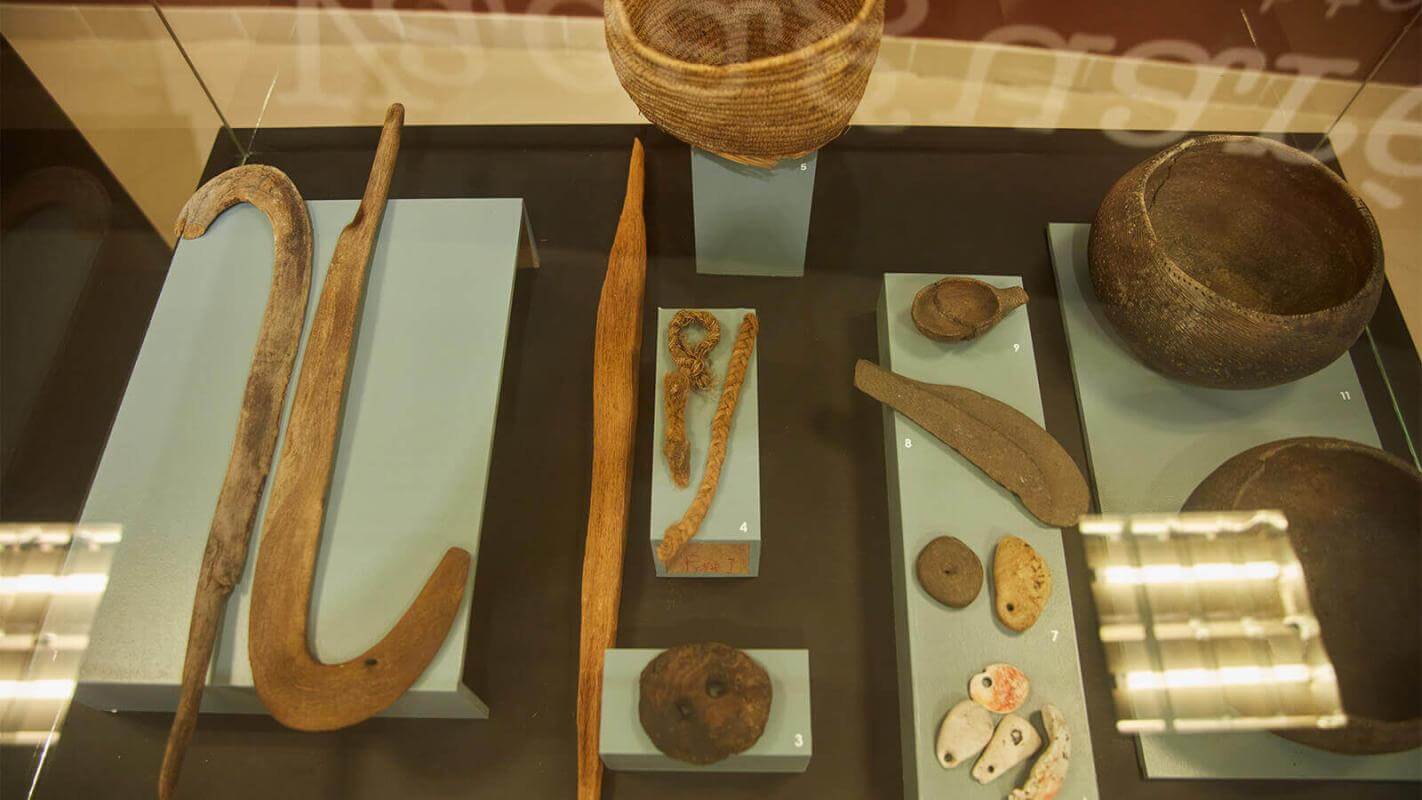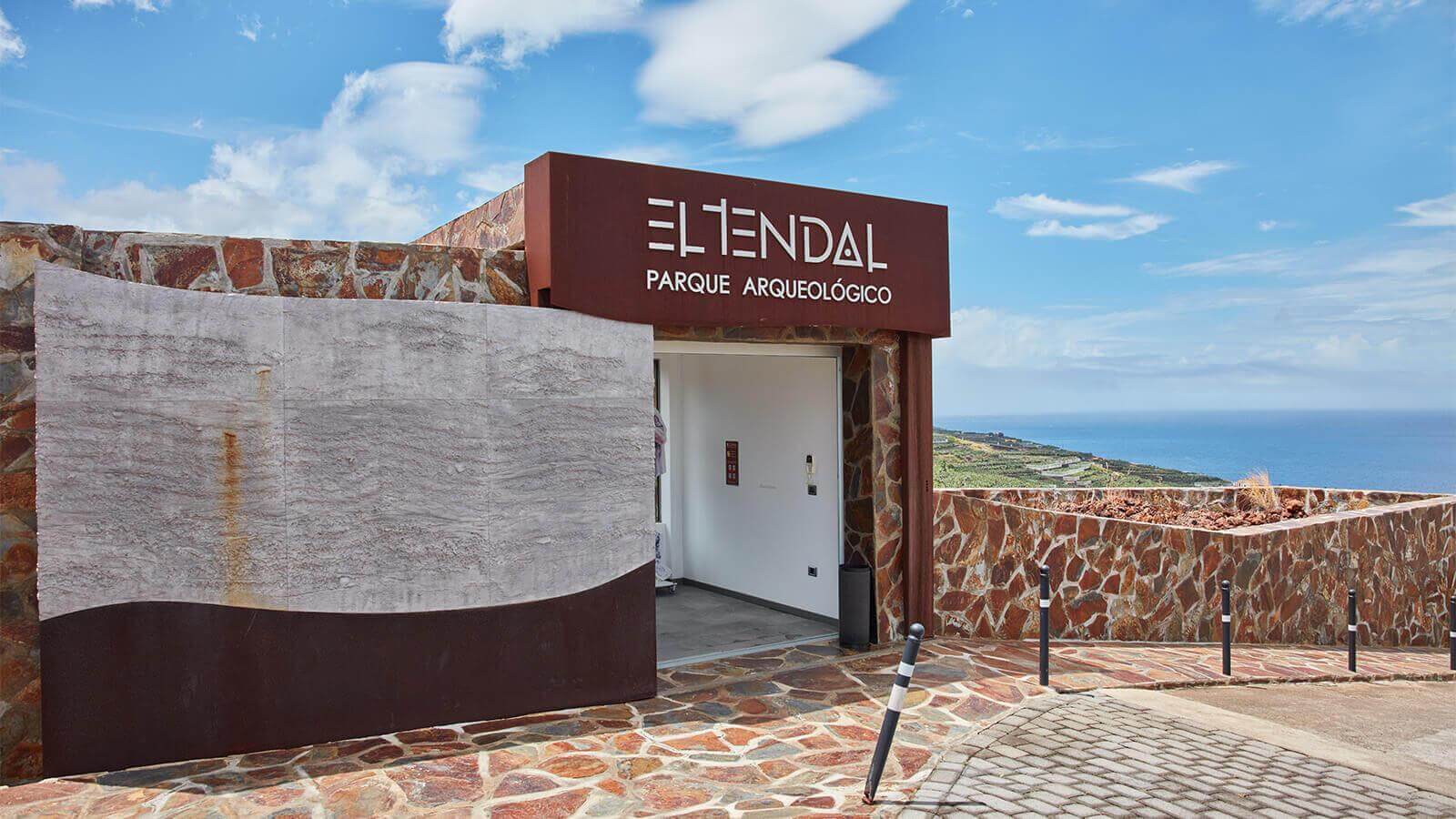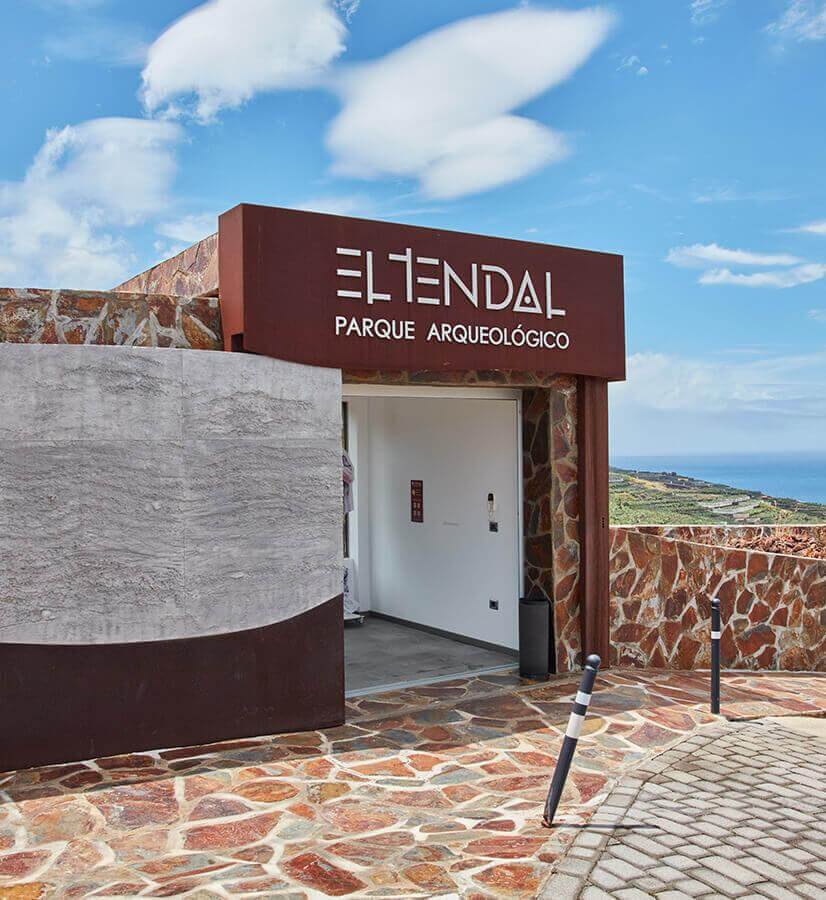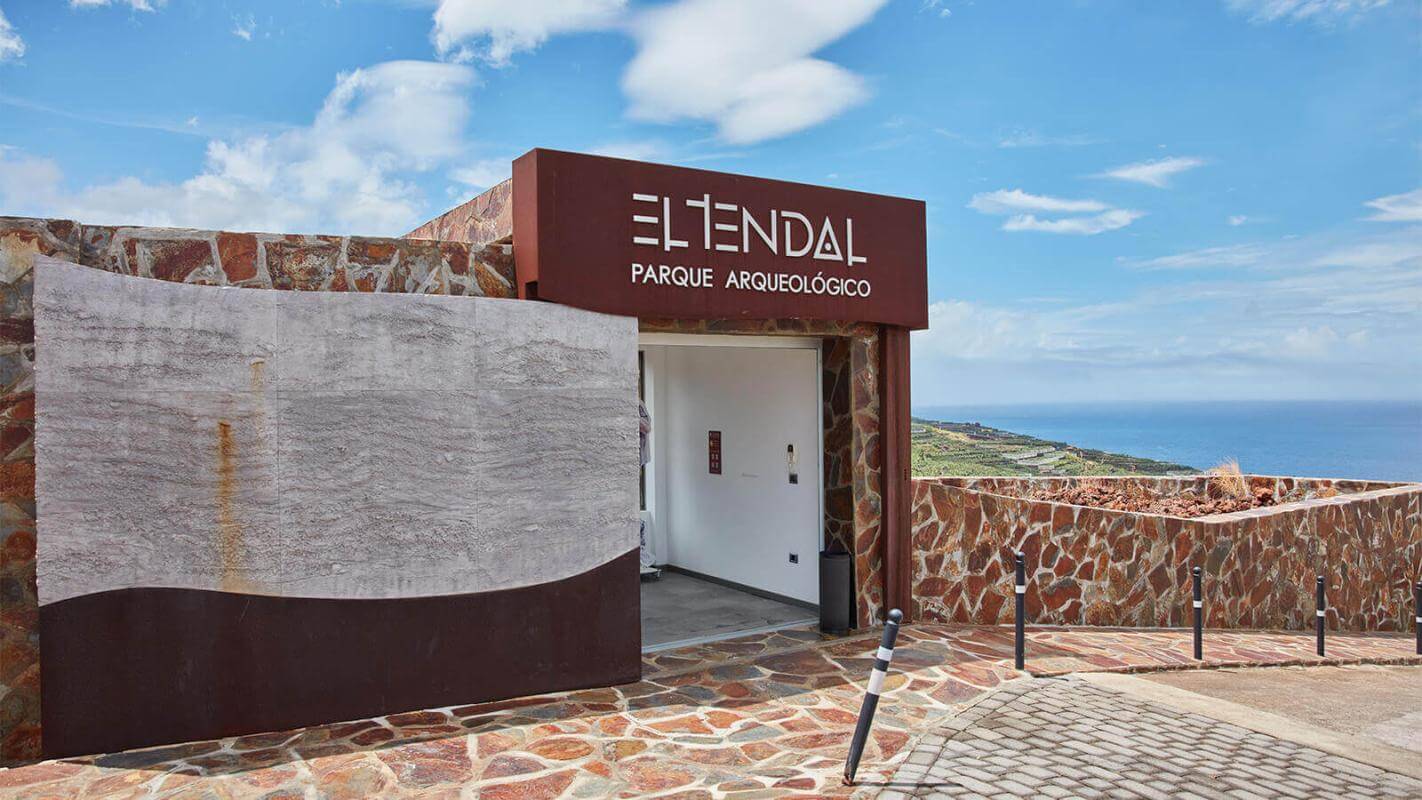Long before they were a destination famous for their climate, beaches and nature, the Canary Islands were the home of different indigenous cultures. It is estimated that they settled here at least more than 2,000 years ago, and lived isolated from the world for centuries, but their origins and knowledge still astound science today.
As ancient maps and writings show, people were aware of the existence of the Canary Islands since ancient times, although they were not conquered until the 15th century. The archipelago was already inhabited long before that, though. The people commonly known as Guanches gradually adapted to the singularities and nature of each island, developing a culture of their own. One which can even today be discerned, researched and even tasted through a unique legacy.
The mysterious origins of the indigenous Canarians
There is still no firmly-established theory explaining how they travelled over the Atlantic, but we do know that they shared a common origin. The different islands were inhabited by Berber peoples (or Imazighen) from North Africa and with a very similar technological and cultural baggage. As well as knowledge, they also brought with them what archaeologists call the “Neolithic package”, a series of seeds like wheat and barley, the grain from which was stored in places like Cenobio de Valerón and which still grows on the summit of Gran Canaria. It also included animals such as pigs, goats or sheep which, hundreds of generations later, and by now transformed into indigenous breeds, continue to provide food for the local population in the form of typical artisanally-made cheeses.
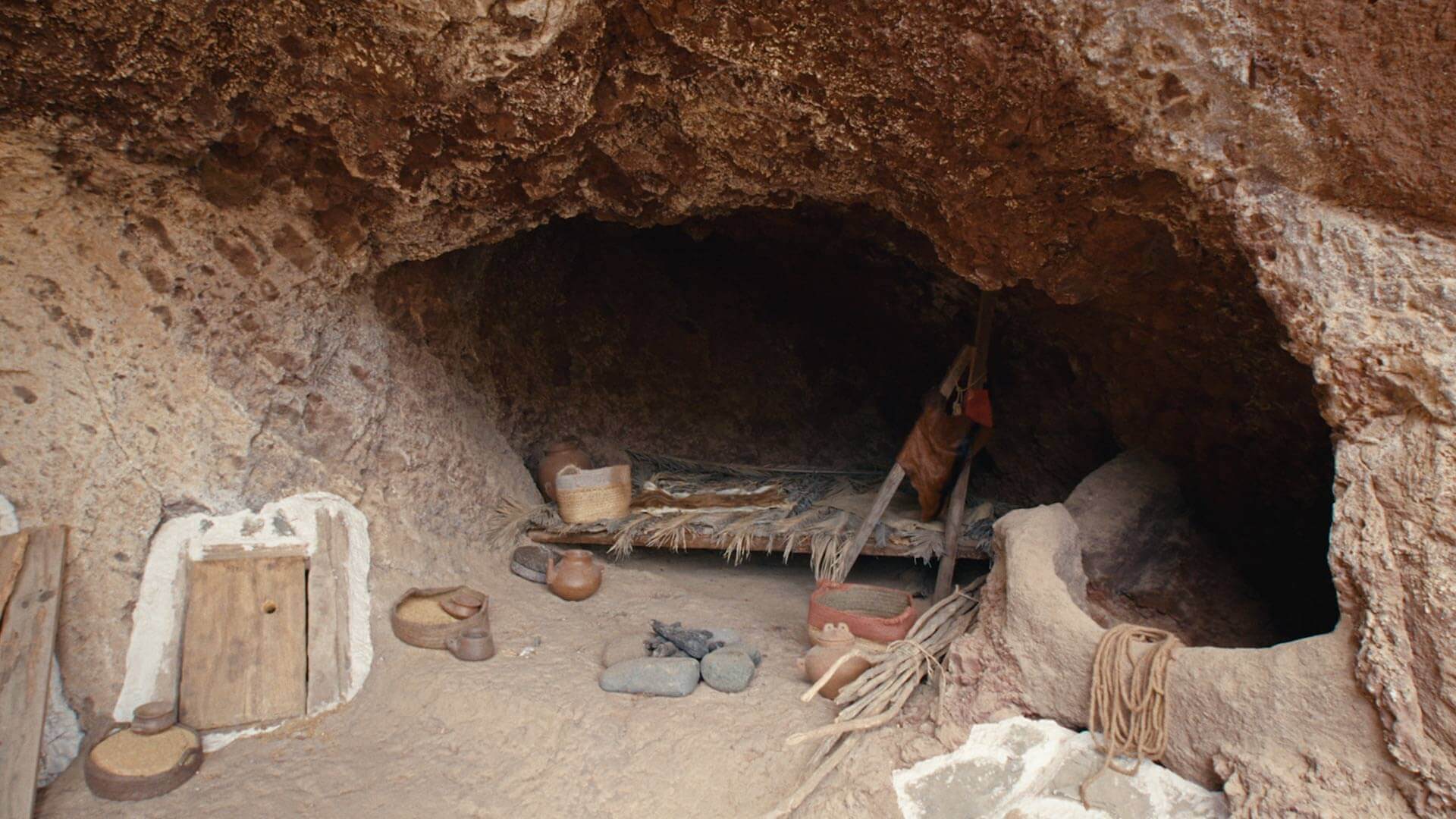

Each island has its own legacy
Laurisilva and pine forests, rugged volcanic landscapes or extensive plains; the indigenous Canarians based their development on the unique conditions and nature of each island. On El Hierro and La Gomera, for example, they took advantage of the caves and abundant flora to establish a pastoral economy.
Other islands steered their efforts towards making agriculture flourish, in order to make an alternative food source available. This is the case of Gran Canaria, where the indigenous people used natural caves to construct calendars capable of indicating the passage of the seasons with great accuracy. To achieve this, they used a small opening for sunlight and moonlight which, combined with rudimentary astronomical markers, indicated the days and requirements of the crops. A curious phenomenon that can still be seen today in the Cultural Landscape Interpretation Centre of Risco Caído y las Montañas Sagradas. These types of pieces have also been found on La Palma and Fuerteventura, although the calendars on these islands were made using vessels with small incisions carved in them to mark the passing days.
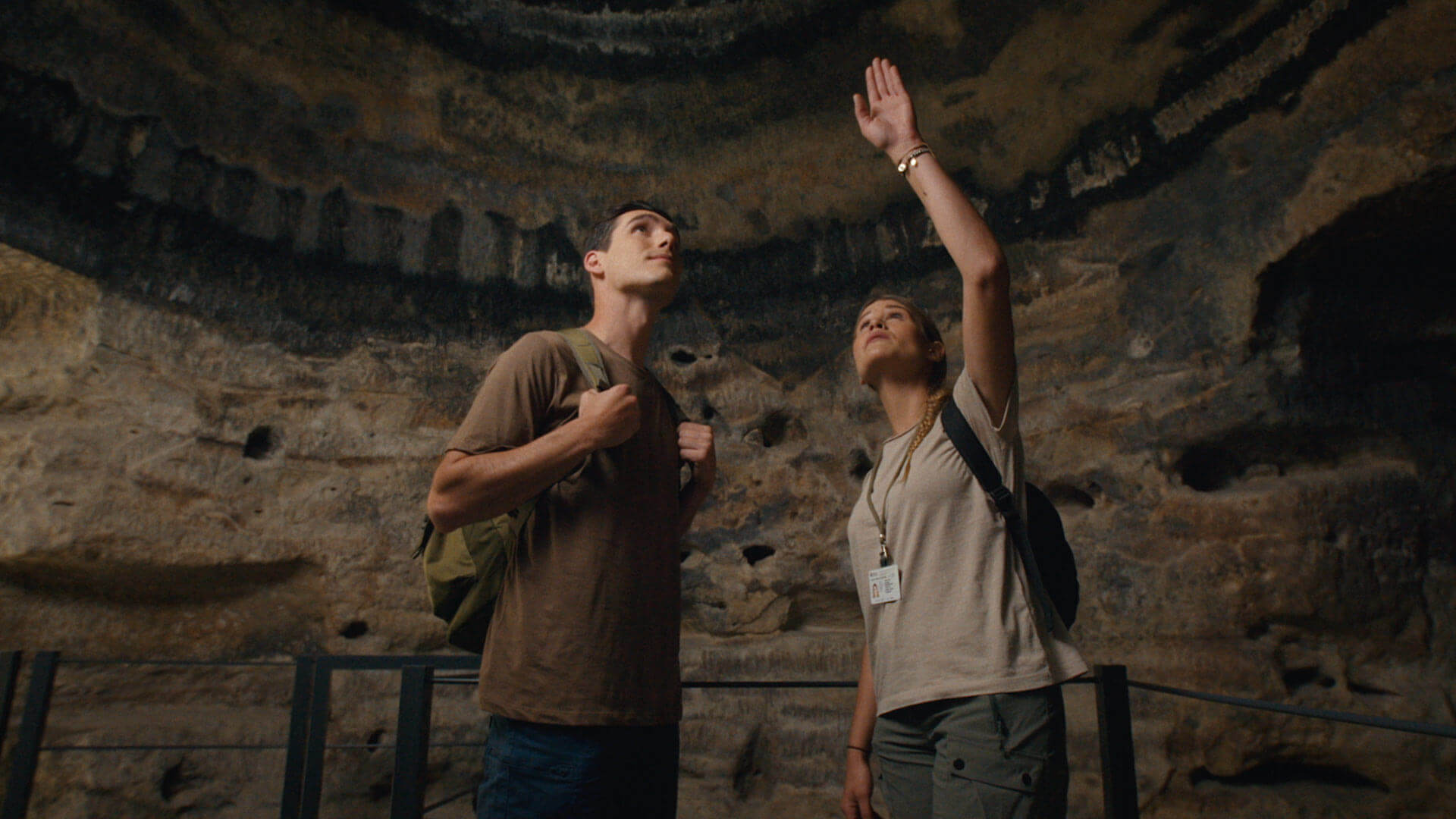

Indigenous cultures with their own name and language
The generic name of Guanches is the product of the period around the Castilian conquest of the archipelago, and its use has continued to the present day. It is not incorrect, but the fact is that these peoples made distinctions between each other according to the island they were settled on. The Bimbaches or Bimbapes inhabited El Hierro, whereas the Benahoaritas or Auaritas lived on La Palma; the Gomeritas or Gomeros lived on La Gomera, the Majos or Mahos on Fuerteventura and Lanzarote, the Canarios on Gran Canaria, and Tenerife was populated by the authentic Guanches.
In spite of the differences between them, all of the Canarian peoples shared a common form of writing originating from the ancient kingdom of Numidia: the Lybico-Berber alphabet. Inscriptions are found on all of the islands, and are easily located thanks to the work carried out on Canarian sites by archaeologists, who have also found inscriptions in Latin writing in the westernmost islands. El Hierro, and more specifically Julan, are an excellent place for delving into nature and following the trail of the archipelago’s first inhabitants through their mysterious messages carved in stones.
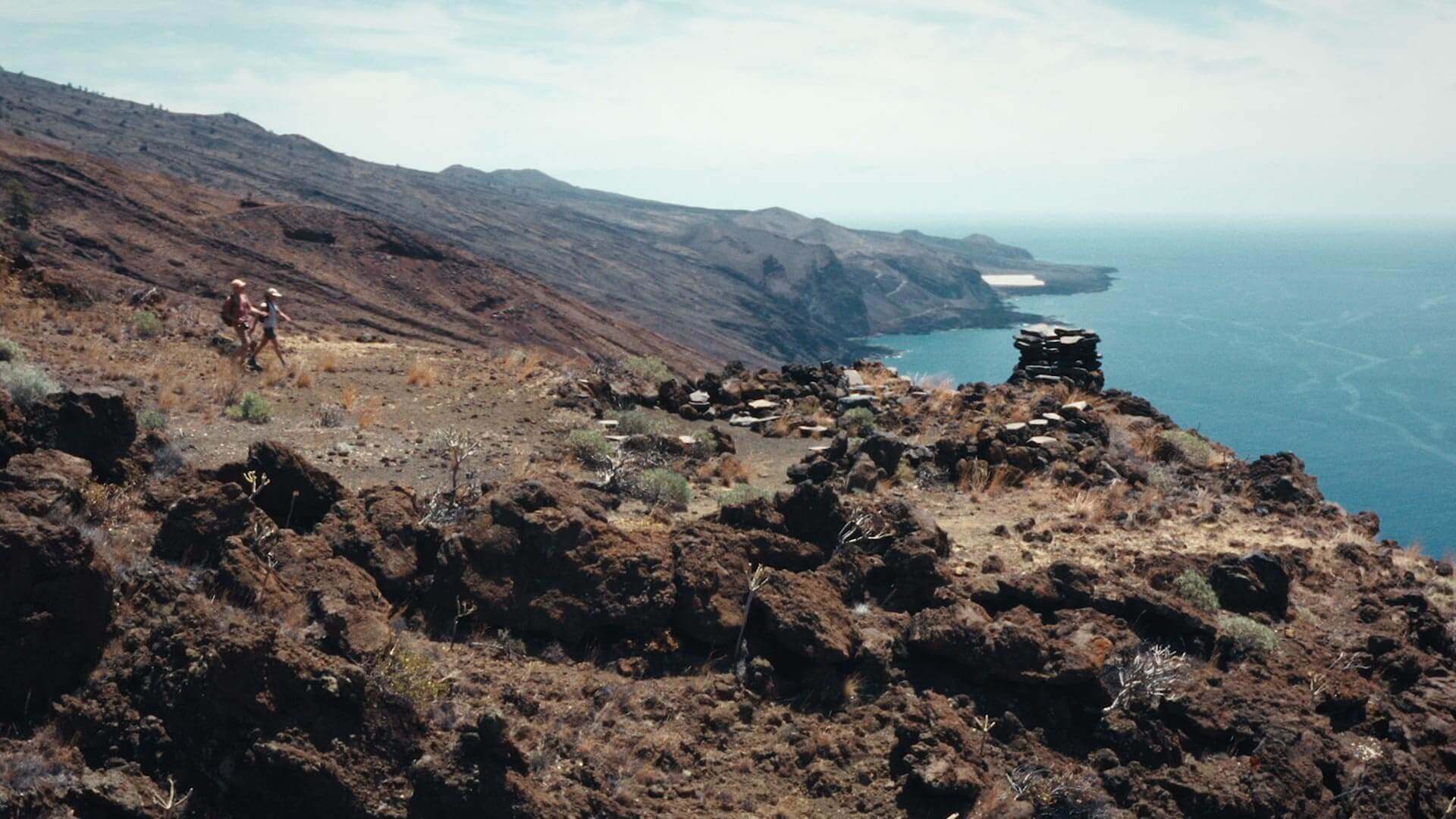

Indigenous medicine and the xaxos, Canarian mummies
The indigenous peoples also found a source of healing in the nature of the Canary Islands. They combined the wide variety of local plants with animal products such as lard or bone marrow to manufacture remedies for different ailments. But their wide-reaching medical knowledge did not end here. They also performed surgical operations such as cranial trepanation, with a high rate of survival.
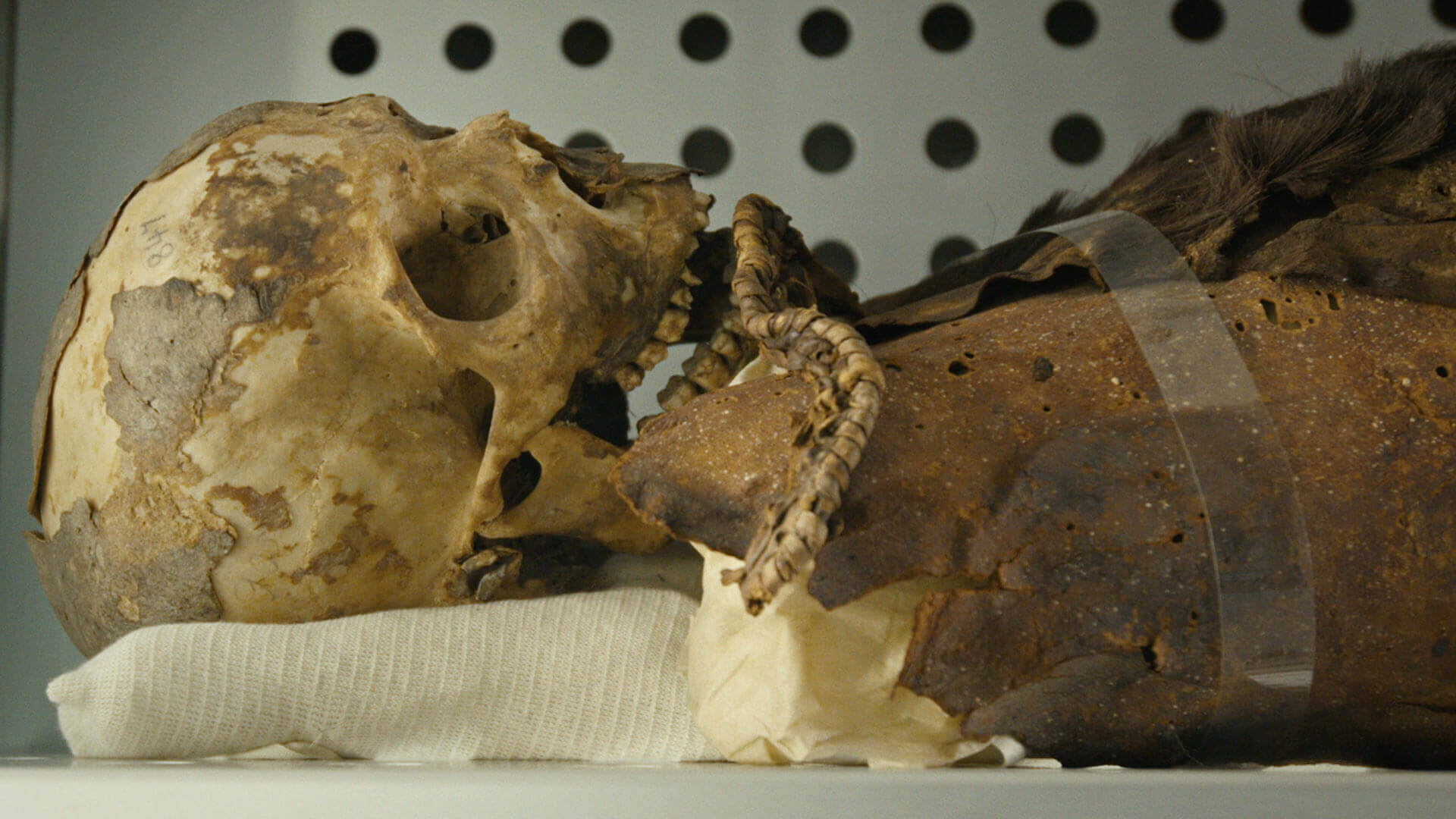

The burial rites of the indigenous Canarians are another example of their advanced culture. Hundreds of mummies (or xaxos) have been found, especially in Tenerife. And although some were plundered and sold to collectors around the world, one can still see them today, and travel to a different era, in places like El Museo Canario on Gran Canaria and the MUNA on Tenerife. The oldest ones date back to the 3rd century CE and are in a good state of conservation thanks to the climatic conditions of the caves they were placed in. Although if we unravel their story a little, there is one thing that makes them very special. Unlike other better-known mummies, the xaxos conserve all their organs, enabling us to glean a clearer idea of what they were like and how they lived.
A story with much still left to tell
Despite everything we already know, the existence of the indigenous Canarians still leaves many unanswered questions. How did they arrive, when the chronicles of the conquistadors highlight the total absence of vessels on their coasts? Or why, on La Palma, which is considered an island without agriculture, have seeds been found in recent excavations? The continuous work of archaeologists, scientists and historians yields new progress and finds that enables us to carry on delving into their history.
As well as the indigenous peoples, the archipelago has other great places and stories. The conquest of the Canary Islands and visits by great figures such as Christopher Columbus, or the opening-up of global commerce and the heyday of piracy are just some ideas for enjoying much more than sun, beaches, nature and local gastronomy.



